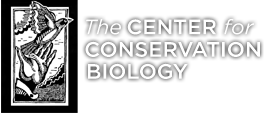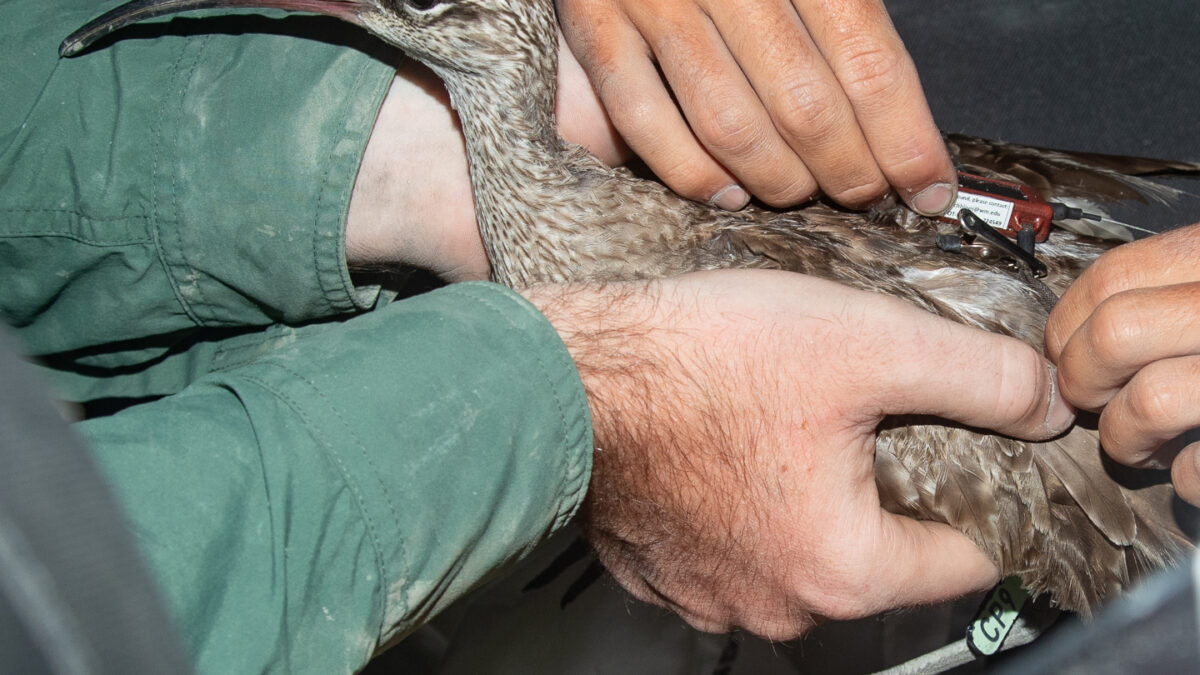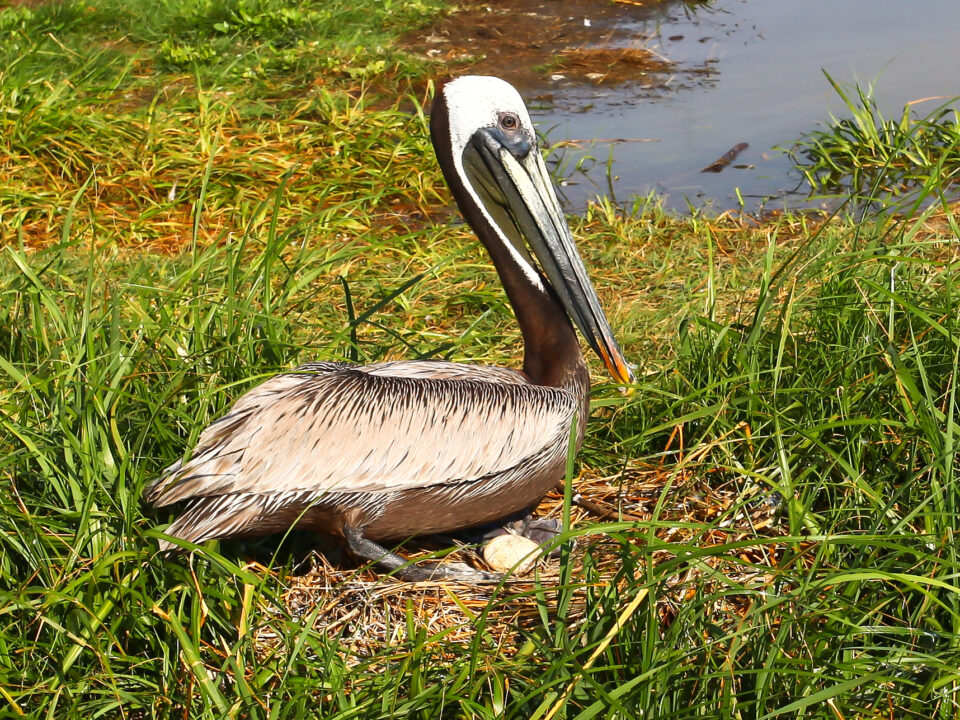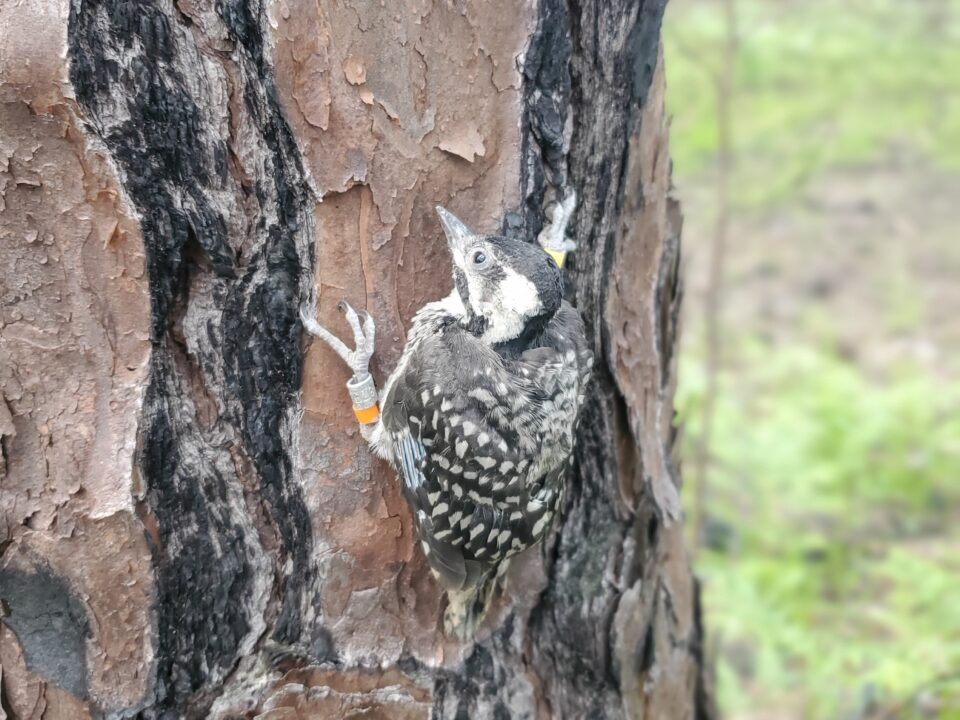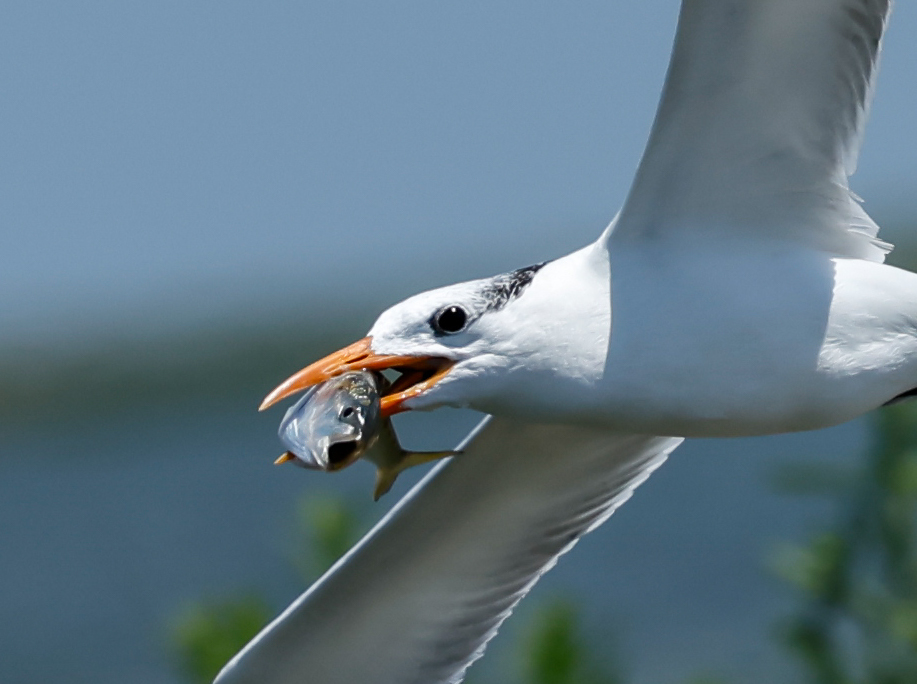Tracking Whimbrels Through Emerging Threats

Deficit in breeding performance expands for Chesapeake Bay ospreys
October 1, 2025
Diet of Royals
October 8, 2025By: Chance Hines
9/30/25
Whimbrels hold a special place in CCB’s history. As one of the larger migratory shorebirds, they’ve long been a focus of tracking projects because they are big enough to safely carry transmitters that would be too heavy for many shorebird species. That has allowed CCB to map major migration pathways for two key breeding populations, those from the Mackenzie Delta and Hudson Bay, and to highlight the distinct threats each group faces. Past work has brought attention to issues such as shorebird hunting in parts of the Caribbean, conflicts between whimbrels and blueberry farmers, exposure to hurricanes along migration routes, and the importance of nocturnal roost sites at critical stopover locations.

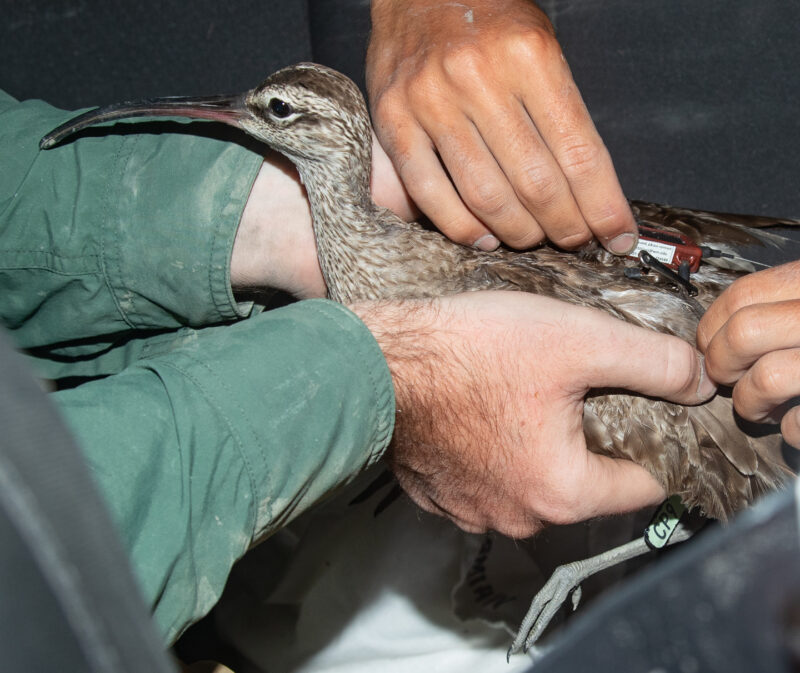
The Eastern Shore of Virginia is especially important to whimbrels during autumn migration. Beginning in July, birds arrive from breeding grounds in Canada and spend about a month along the shore, feeding heavily to prepare for a demanding nonstop journey across the Atlantic Ocean to their wintering grounds in South America. Their reliance on this region is driven primarily by the Eastern Shore’s abundant fiddler crabs, which provide the rich energy stores needed to fuel such long-distance travel.
Although the abundant fiddler crab population provides the fuel whimbrels need for these epic flights, their transoceanic journeys are becoming more complicated as offshore wind farms are constructed. CCB tracking projects have shown that some departing birds fly directly across the footprint of offshore wind development off Virginia’s coast. More concerning for the population as a whole, most of these birds migrate within or below the rotor-sweep zone.
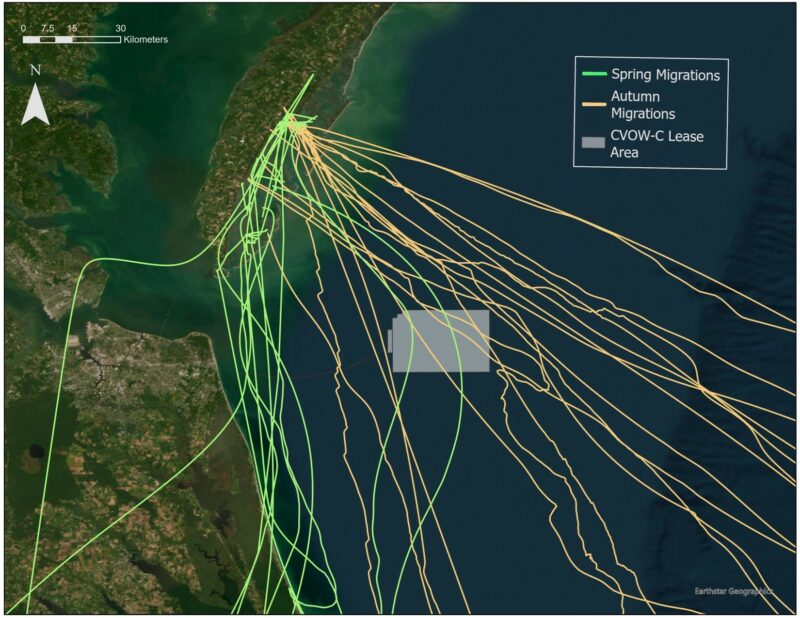
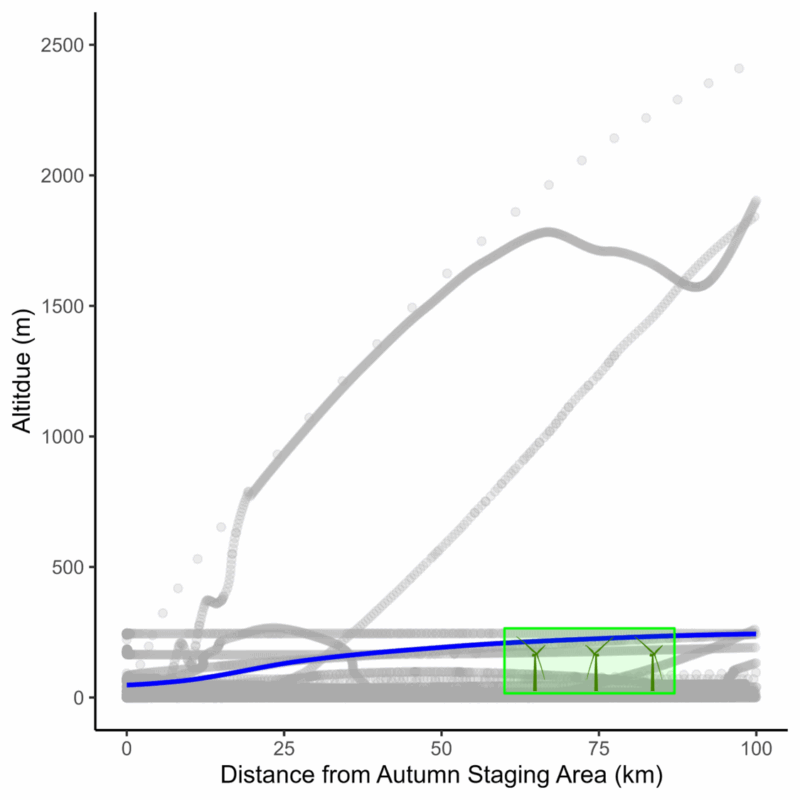
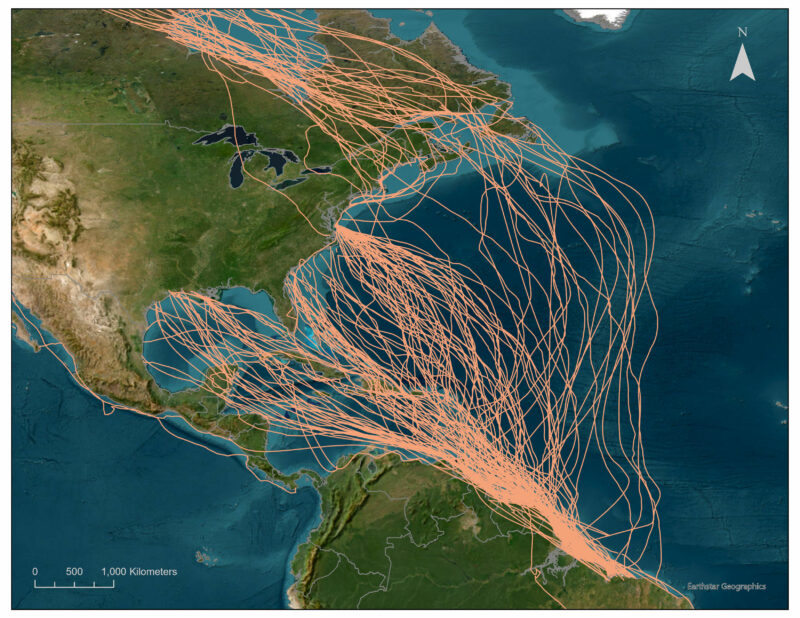
It is not yet clear whether this behavior is unique to birds departing the Eastern Shore, or consistent across other stopover sites used before and after transoceanic flights. As offshore wind energy development accelerates, driven both by rising costs of traditional energy and the global shift away from fossil fuels, low flight paths may put whimbrels at increased risk if their flight behavior proves consistent across regions. A better understanding of their flight pathways and behavior could help guide wind turbine placement in areas that reduce collision risk. To tackle this, CCB is collaborating with partners at The Nature Conservancy (TNC), Manomet, and Oklahoma University (OU). Over the past five years, these groups have deployed transmitters on whimbrels across the Atlantic Flyway. Right now, we are analyzing more than 400 individual flights that occurred over the Atlantic from 117 tagged birds to map their takeoff and landing locations, flight trajectories, and altitudes. These data will help us understand how to balance clean energy goals and protecting declining shorebird populations.
